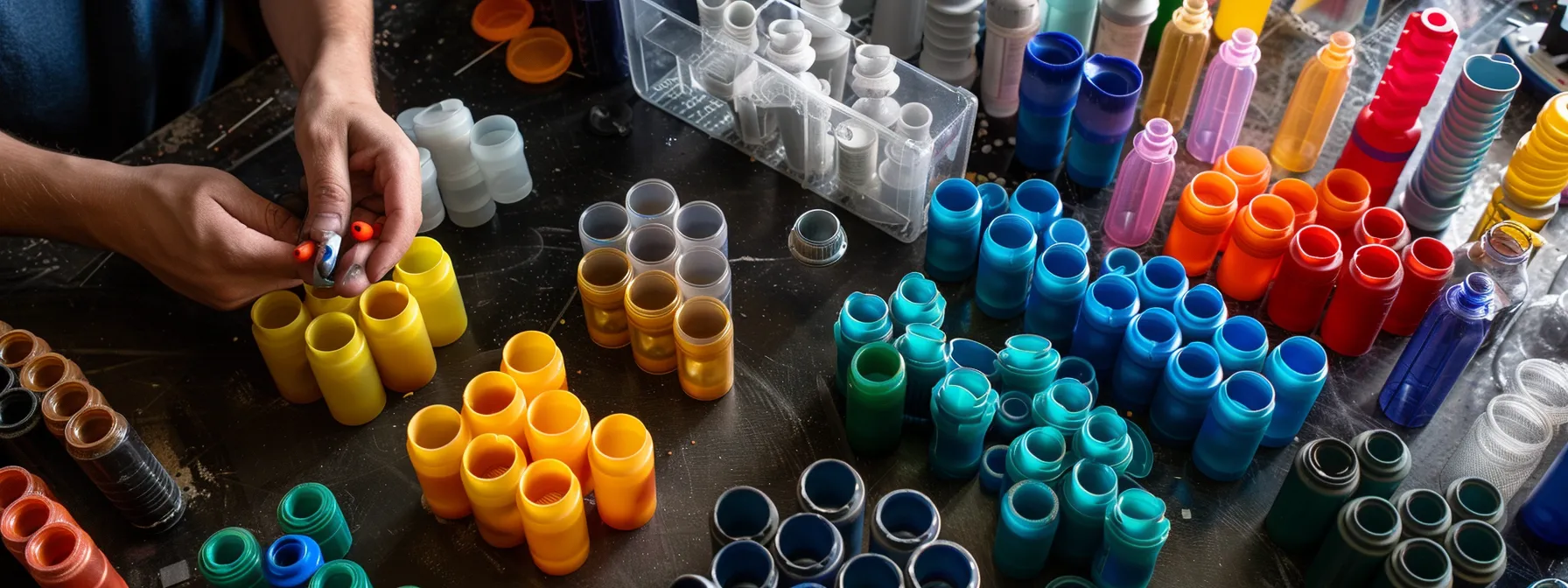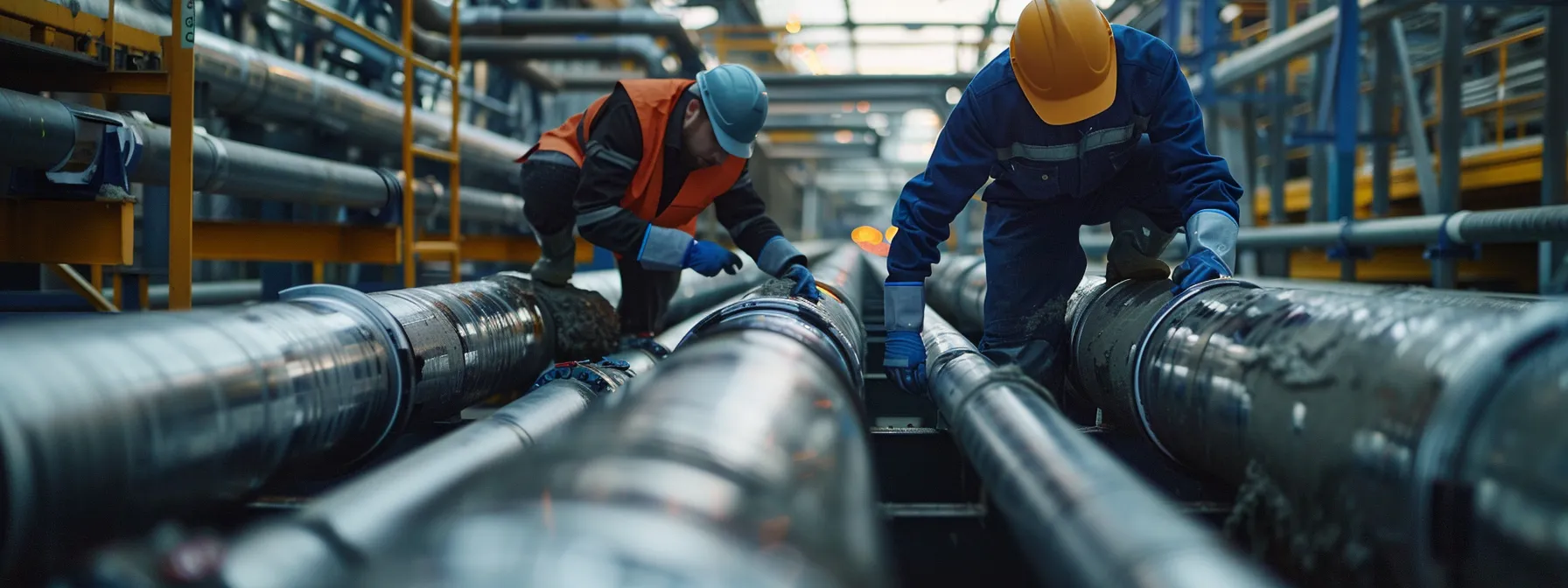When it comes to construction, maintenance, and manufacturing, details can make all the difference. Plastic pipe caps and plugs serve a critical role in various industries by protecting pipes and tubes from contaminants, and damage, and controlling the flow of materials within the systems. Despite being small components, their impact is immense, ensuring the longevity and reliability of pipeline projects. Keep reading to discover how these seemingly minor components play a major part in operational success.
Types of Plastic Pipe Caps and Plugs and Their Specific Applications

The distinctive designs of pipe caps and plugs cater to different applications and functions. Caps typically cover the end of a pipe; they may be vented for pressure relief or designed for easy removal and reuse. Plugs, on the other hand, fit snugly inside the pipe end, creating a secure seal from the inside. A plug’s design may include a tight-fitting rib structure or a threaded system to match the pipe’s interior threads.
For instance, in the oil and gas industry, heavy-duty caps and plugs resist high temperatures and corrosive substances that travel through the pipes. In contrast, the medical and pharmaceutical fields demand caps and plugs that meet pristine cleanliness and non-reactive material standards. There are also variations designed for residential plumbing, HVAC systems, and automotive manufacturing.
Diving deeper into specifics, end caps are often used to protect the beveled edges of large-diameter transmission pipes. They safeguard these critical edges from impact and corrosion during transit and storage. Moreover, high-density polyethylene caps and pipe caps & plugs are chosen for their resilience and environmental stress crack resistance, which is beneficial for outdoor applications exposed to harsh weather conditions.
How to Choose the Right Plastic Pipe Cap or Plug for Your Project

Selecting the right cap or plug begins with understanding the requirements of your specific project. Assessing factors like the material of the pipe, the operating environment, and the chemistry of the substances being transported is essential. For high-temperature applications, materials with greater thermal resistance are a necessity to prevent melting or deformation.
In addition to temperature, the chemical compatibility of the cap or plug with the substances in the pipe is paramount. Using inappropriate materials can lead to reactions that might contaminate the system or degrade the cap or plug, leading to potential leaks. Consultants or suppliers can provide charts and guides to help you choose materials that are compatible with different chemicals.
Improving Safety and Efficiency With Plastic Pipe Caps and Plugs

Plastic pipe caps and plugs directly contribute to the overall safety of the working environment. They act as a deterrent against potential hazards that can arise from open pipes, such as exposure to toxic substances or the accumulation of explosive gases within unsealed systems. By effectively sealing pipe ends, they minimize the risk of accidents and health hazards.
In addition to safety, these small components can yield considerable efficiency improvements. By preventing contaminants from entering the pipes, they reduce the likelihood of blockages and maintenance downtime. This preserves the flow and pressure within systems, optimizing performance, and reducing costs associated with system disruptions.
Installation Tips for Secure Fitting of Plastic Pipe Caps and Plugs

Proper installation of pipe caps and plugs is vital to ensure they perform their intended functions. Before installation, it is imperative to clean the pipe ends of any debris or residues that might interfere with the integrity of the seal. Inspect both the pipe and the protective component for any damage or irregularities that could impede a secure fit.
When installing a cap, center it over the pipe end and apply even pressure around its circumference for a firm fit. For plugs, gently twist them into place, ensuring they align with the pipe’s inner threading or contours. Avoid using excessive force, as it may cause damage both to the pipe and the cap or plug, leading to potential failure.
Overall, plastic pipe caps and plugs are not one-size-fits-all solutions. They require careful selection and proper handling to ensure maximum effectiveness in safeguarding pipes across various industries. With the right approach, these simple tools can significantly contribute to the longevity, safety, and efficiency of pipe systems.